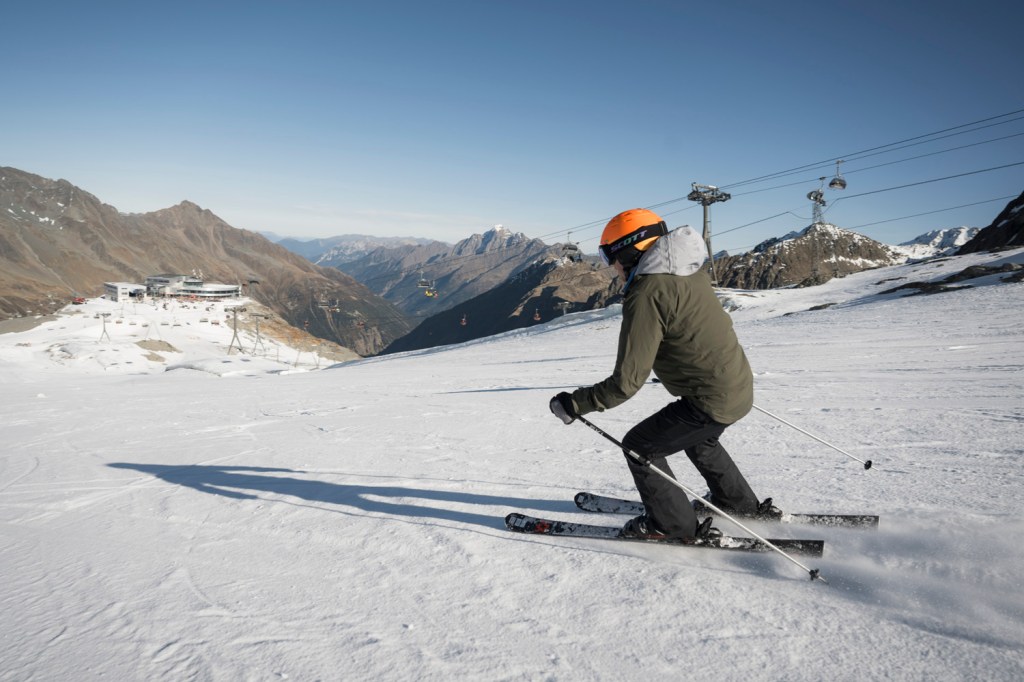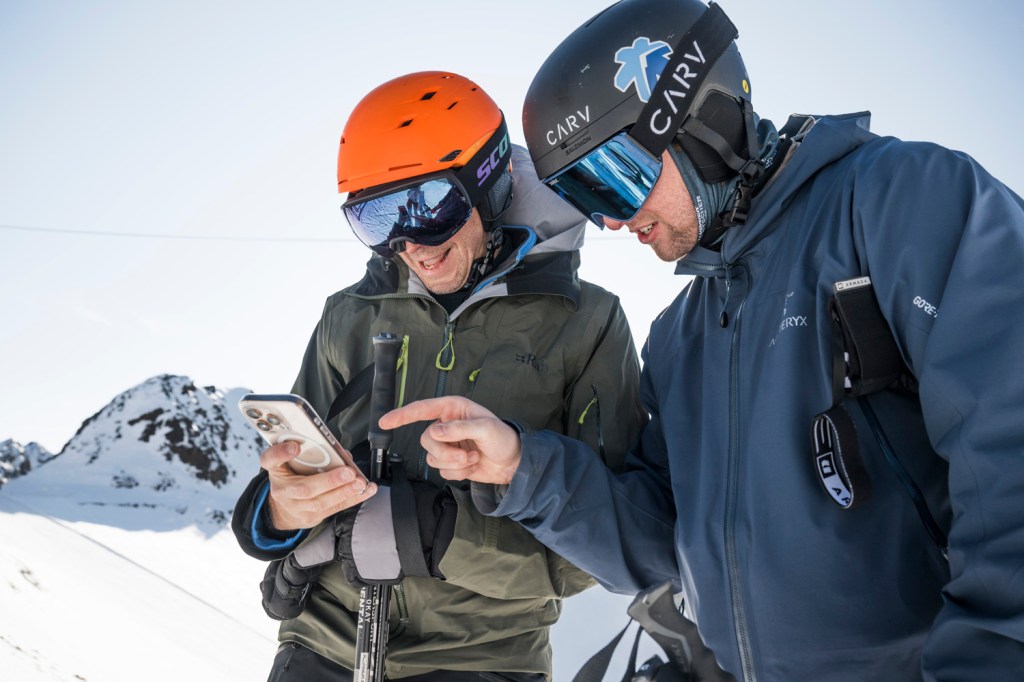Carv 2 review: improve your skiing more easily than ever
I tried out Carv’s super-easy ski trackers to see if I could improve my technique

In 2023 I used Carv, a system to track your skiing and improve it. But the hardware used an insole that fitted in your ski boot.
It worked very well, but there was a high barrier to entry as you needed to install the pressure-sensitive insole (which had a battery pack on the outside of the boot connected by a wire) in the boot under the lining.
That was fine for pros and regular skiers who might have fitted boots, but it was quite a challenge to get people on board who might go away to a ski resort once a year (and maybe hire their boots).
So the company looked at its extensive ski data and realised that revisions to its algorithm could replicate most of the data the pressure insole could give it, just using motion sensing. And that meant that Carv 2 could be produced in a completely different format.
Trackers: new design, improved algorithm


The robust USB-C chargeable sensors now clip onto the strap of your ski boots, secured by a metal arm that clips into place. The two trackers can calibrate their relative position to each other within seconds and you can check you’ve paired the right ones in the app (identified by flashing lights).
They’re Bluetooth as you’d expect and communicate with an app for changing settings and viewing data. But you don’t need to be looking at your phone all the time while on the slopes; audio feedback is provided to your earphones under your helmet and on iOS, Live Activities are used for at-a-glance info.
The sensors cost $199/£199 if you just buy them on their own. But they’re free with a $199/£199 season pass subscription (1 year) or £99 with a six-day $99/£99 sub. So any way you spin it, you’re paying $199/£199.
I tried Carv 2 out in early November on the Stubai glacier in Austria. The skiing conditions weren’t brilliant – certainly no fresh powder – and there were a lot of scrapy icy patches. But even so I got a good feel for the revised system and the data it records.
The app and measuring progress



As before, there are numerous modes you can use Carv in, ranging from no interference at all, to simple feedback on your technique while you’re going up in the lift, to feedback on every turn and expert modes, too.
Your progress works towards an overall score called Ski IQ; designed to be a simple way to track your progress, but it’s by no ƒmeans the be-all-and-end-all of what’s on offer here. My Ski IQ is 110; 170 is around the best. Most intermediate skiers will find themselves in the 100-130 zone.



I improved by around 10 points over the couple of days I was using Carv,, with improvements generally across the board. I think with a bit more time and better conditions I could improve quite a bit, but to improve a great deal I feel I would probably need some sessions with a ski instructor as well. That’s because I tend to lean too far back on my skis rather than moving forward.



So Carv had me focused on trying to improve putting my weight forward to improve my turns and being smoother with my technique. I’m really interested to use Carv next time I go skiing for a week to see if I can produce significant improvement rather than a modest increase in my Ski IQ.


There are also some gamified modes, giving you audio feedback on your turns to ensure improvement and moving targets upwards as you get better. These are fun, though some will find them too much.


A custom mode also lets you specify just the audio feedback you want as well as choosing your focus metric; the thing you want to improve on the most. So you’re able to have as little or as much feedback as you’d like. This is really useful.
On iOS the app uses Siri’s voice and – just like Siri – the interjections can take place over the top of music should you want to listen to that while you ski.
Carv 2 verdict

The achievement with Carv 2 is that the barrier to entry has been significantly lowered. You don’t have to have custom boots and the trackers clip on and off really easily (though are secure on the boot). Carv 2 still isn’t a beginner tool – it’s no substitute for a nursery slope and a good teacher.
And if you’ve never had a ski lesson but go every so often, you’d probably still benefit from some external help to get your technique in the right ballpark before giving this a go.
However, even for those who go once a year for a week there is significant value in what it offers. Ski tuition is expensive and if it’s a matter of finessing technique than Carv 2 is more than capable of doing this. It’s expensive for a one-time use, but repeat use makes a lot more sense.
And with the newly designed customisation tools in the app, you can tailor things to be just the way you want them, which is really very welcome indeed.
Stuff Says…
With great customisation and a more user-friendly format, you can hone your skills on the slopes with excellent customisations and measurement of progress.
Pros
Much easier format to fit and get used to
Great audio feedback
Long battery life
Easily customisable
Cons
Comprehensive app can seem complex
Costly for irregular skiers
Pressure data has been removed
Carv 2 tech specs
| Connectivity | Bluetooth LE |
| Sensors | 6-axis gyroscope and accelerometer |
| Ruggedisation | Waterproof and shockproof |
| Battery life | 5 days |
| Charging | USB-C |
| Weight | 47g (each) |



